
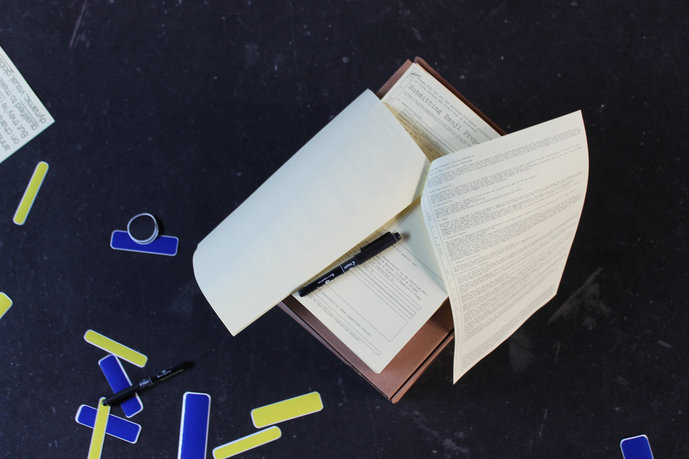
© Karolina Sobel, Kathrin Rüll


© Karolina Sobel, Kathrin Rüll

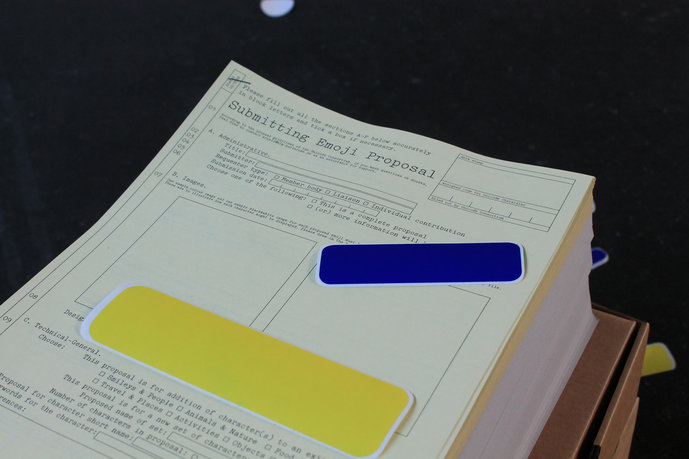
© Karolina Sobel, Kathrin Rüll

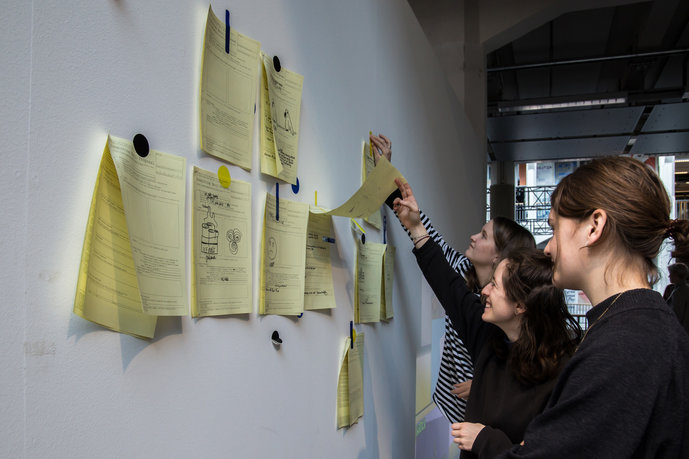
© Karolina Sobel, Kathrin Rüll

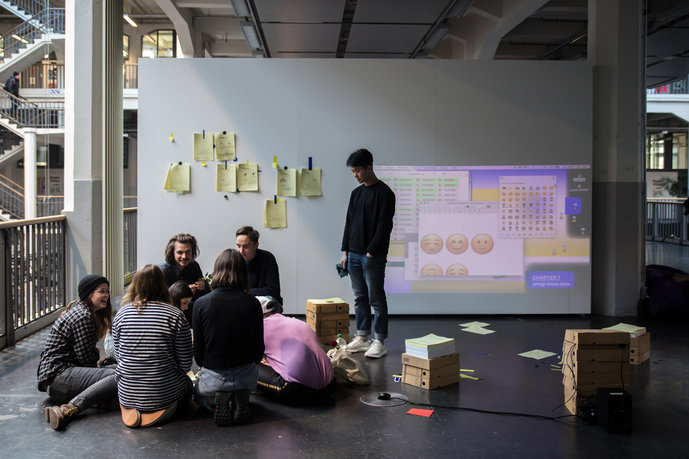
© Karolina Sobel, Kathrin Rüll

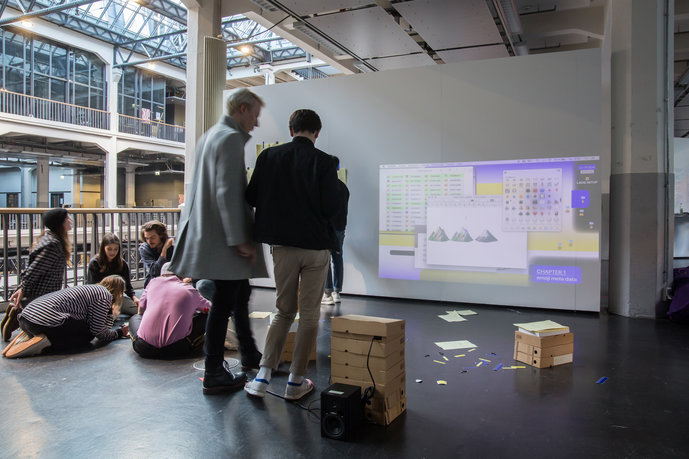
© Karolina Sobel, Kathrin Rüll

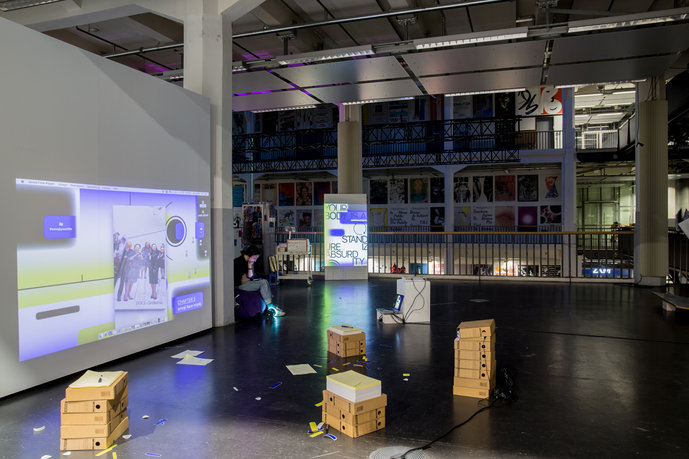
© Karolina Sobel, Kathrin Rüll
How do we imagine non-verbal communication in digital exchange? Is there a way to communicate digitally without writing and without language?
Since the late 1990s, it appears that a new language has been developed with which we communicate every day: emojis. Emoji stems from the Japanese 絵 文字 (English: 'picture words') and in our digital communication replace most of our facial expressions and gestures and have thus come to bear meaning. In addition, the small pixel images contain their own communicative situation: they should be as unambiguous, concise and fast as possible. Ideally, they should codify various feelings and sensations as well as standard communications, so that one can convey a status message to others faster than with words.
However, speed is not the question when you are lost in the keyboard bar amongst the excessive selection of emojis once the latest smartphone software update has been implemented. But who decides which symbols and faces we have access to? How do emojis become emojis? And who campaigns for the equality and diversity of these colorful images? What meaning is carried by the visual language of the emojis, materialized and noticeable in our everyday lives? What agency can we attribute to them? Can we hide, mask or even manipulate others through the use of emojis?
Through a screen performance, on the one hand light is shed on the media world, in where emojis occur, but also brake through. On the other hand, the performance strives to illuminate the increasingly blurred border between digital and real communication through found, self-made video material and a live installation that incorporates the audience as part of the performance. The various screens highlight the materialization of emojis in our everyday life, the masking of our identities by them, misunderstandings of communication and the absurdity of standardization. A further part of the performance explains the development process of an emoji as well as the system of the Unicode Consortium through a fictitious application for an emoji proposal.
Tutor: Anja Kaiser